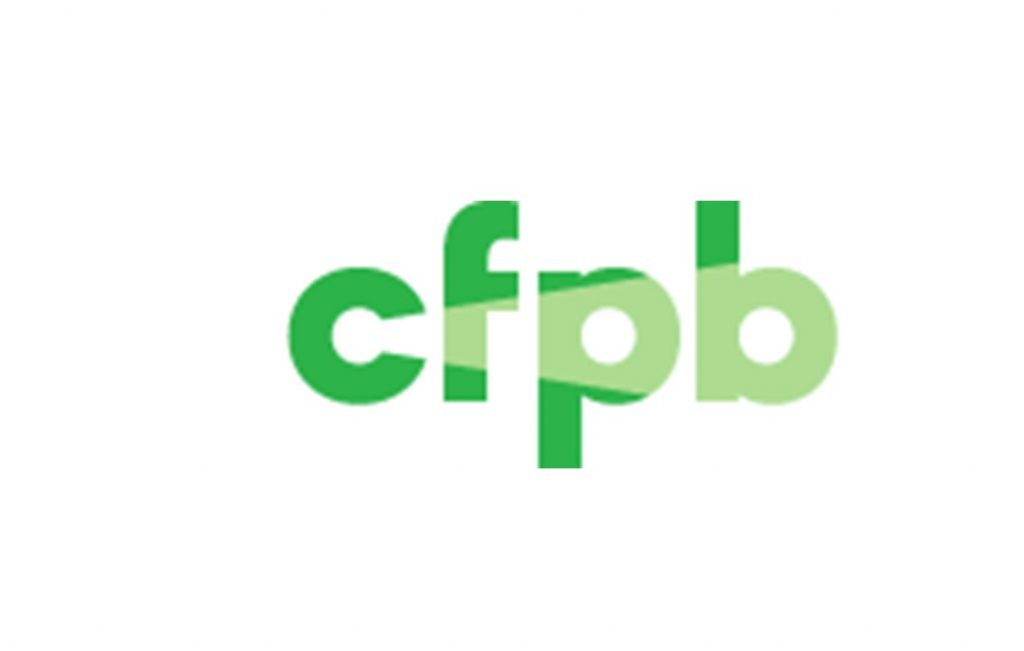
| Entities | |
| Topics and Issues |
In September 2023, the CFPB announced new
guidance about certain legal requirements that lenders must adhere to when using artificial intelligence and other complex models. The guidance describes how lenders must use specific and accurate reasons when taking adverse actions against consumers. This means that creditors cannot simply use CFPB sample adverse action forms and checklists if they do not reflect the actual reason for the denial of credit or a change of credit conditions. This requirement is especially important with the growth of advanced algorithms and personal consumer data in credit underwriting. Explaining the reasons for adverse actions help improve consumers’ chances for future credit, and protect consumers from illegal discrimination.
This new guidance is Circular 2023-03.
The circular repeats a common “harvesting” and “surveillance” phrases favored by the Bureau. The circular says that “[s]ome creditors use complex algorithms involving “artificial intelligence” and other predictive decision-making technologies in their underwriting models.These complex algorithms sometimes rely on data that are harvested from consumer surveillance or data not typically found in a consumer’s credit file or credit application. The CFPB has underscored the harm that can result from consumer surveillance and the risk to consumers that these data may pose. Some of these data may not intuitively relate to the likelihood that a consumer will repay a loan. The CFPB and the prudential regulators have previously noted that these data may create additional consumer protection risk.” (citations omitted).
The Bureau also discussed transparency. “Consumers may not anticipate that certain data gathered outside of their application or credit file and fed into an algorithmic decision-making model may be a principal reason in a credit decision, particularly if the data are not intuitively related to their finances or financial capacity. As noted in the Official Commentary to Regulation B, a creditor must ‘disclose the actual reasons for denial . . . even if the relationship of that factor to predicting creditworthiness may not be clear to the applicant.’”
In 2022, the CFPB noted in a circular that the ECOA “requires creditors to explain the specific reasons for taking adverse actions. This requirement remains even if those companies use complex algorithms and black-box credit models that make it difficult to identify those reasons.” The new “guidance expands on last year’s circular by explaining that sample adverse action checklists should not be considered exhaustive, nor do they automatically cover a creditor’s legal requirements.” Also last year, the Bureau published an advisory opinion “that consumer financial protection law requires lenders to provide adverse action notices to borrowers when changes are made to their existing credit.”
The Bureau has staked its position at “the intersection of fair lending and technology a priority. For instance, as the demand for digital, algorithmic scoring of prospective tenants has increased among corporate landlords, the CFPB reminded landlords that prospective tenants must receive adverse action notices when denied housing. The CFPB also has joined with other federal agencies to issue a proposed rule on automated valuation models, and is actively working to ensure that black-box models do not lead to acts of digital redlining in the mortgage market.”
Additional resources:
MoFo blog (Oct. 2, 2023)